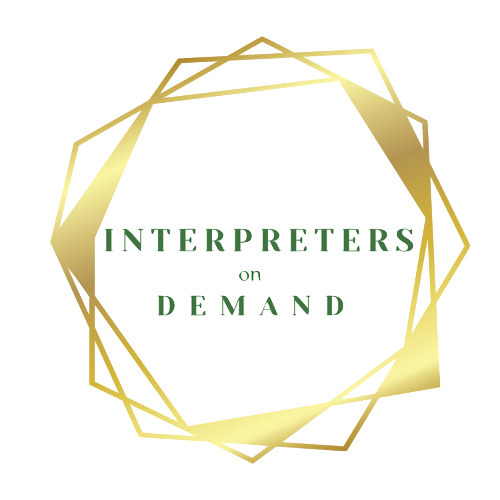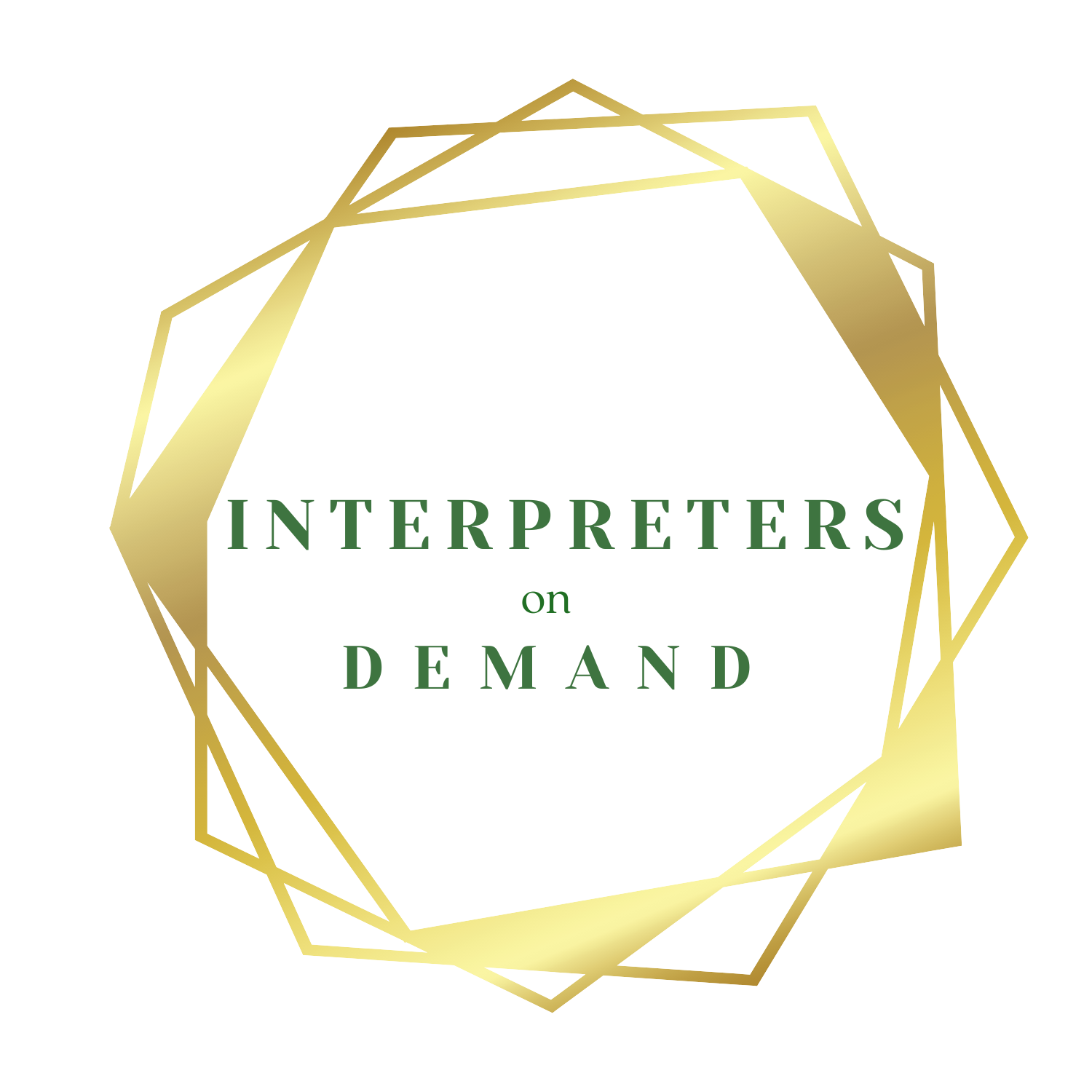Hello, I’m The Interpreter. A Blog.
The title of this page also happens to be the first 4 words I say when entering an appointment as “The Sign Language Interpreter”. This brief statement says so much more than just the meaning of the terms. The Interpreter has a big complicated job to do and it is not one we take lightly. The majority of my colleagues take very seriously our charge to provide communication access. Ask us, we’ll tell you all about it!
We interpreters are professionals who work to continue to advance our skills throughout our career, much like other professionals such as doctors, lawyers and educators. In fact our credentials require a quota of continuing education hours in order to maintain our certification allowing us to provide interpreting services.
The signs and facial expressions the interpreter produces are not just magic flying hand signals. American Sign Language abbreviated as ASL, is a complex language distinctly separate from spoken English. ASL, like all languages contains within it the characteristics needed to be considered its own language. Like norms for pronunciation, a standard order of words, as well as signs used to differentiate asking a question or make to a statement.
The interpreter while taking into account the functional production of ASL must also take into consideration the many variations of the language dependent on things such as region, age, gender and other social and cultural diversities.
The next time you see an interpreter producing visual language, know that there is a lot of complicated stuff happening in their head and it is all happening nearly instantaneously. We do this to create connection between a world that signs and a world that speaks.
Why do interpreters make faces?
“Why do interpreters make faces?”
When there is an occasion for Sign Language interpreters to be seen on the news this question seems to be asked of me, I have also had this question slide into my DMs regularly. The media makes our work more widely visible from right here in our hometown of The Woodlands, TX, to nearly any other city, Sign Language interpreters make funny faces. Not to make you giggle but to add deeper more robust meaning to a language without spoken word. That interpreter making that face is doing some difficult work and making a face or “non-manual signals” are key features of grammar and semantics of Sign Language. We call them mouth morphemes, you can call them funny faces. These mouth, lip, and many times other facial structures such as eyebrows being raised bring a clarity to the message the hands are interpreting. Sometimes those hands of ours need a break so to be able to communicate via a wiggle of the nose is much appreciated.
There are a few words in Sign Language that use the same sign, but the meaning is altered when the grammatically appropriate mouth morpheme is used such as in the Signs for LATE vs. NOT YET, when the shape on the mouth is changed the entire meaning is as well. Meaning: that is the goal of any interpreter be it spoken language or Sign Language interpreters we listen for understanding and then convey meaning in the language of our clients. Therefore it is so very important to hire certified Sign Language interpreters, we can help with that!
Who pays for the interpreter?
By now most of us have seen sign language interpreters in action. On TV, in classrooms and especially in healthcare settings. The question is always “Who pays for the interpreter?” Then the fingers start to point all around. Thankfully there is some guidance on this topic.
The law is the full stop answer to the question, that law is the ADA or Americans with Disabilities Act, requires a service provider, a doctor or medical clinic which serves patients or their guardians who are deaf or hard of hearing to provide access to full and equal communication. An interpreter fills that role. A professional, trained and certified interpreter is the best option to be sure the interaction is neutral, complete and confidential. In effort to save on costs some providers have asked the deaf client to bring a “signing” friend or family member to sign for them, the problem here is that people close to the client can not be neutral, are often emotionally involved and there is no accountability for confidentiality. Ask yourself, Would I want my auntie/dad/kids in talks with my doctor?
The way we get information is incredibly important to wellbeing this reinforces the need for interpreters. Luckily there are several ways for a provider to be paid back for the cost of providing a sign language interpreter. The IRS offers a tax benefit to small businesses who report expenses related to providing access to people with disabilities. For those in the therapy business there is a complexity code to help defray costs associated with interpreters. Nationally the Centers of Medicaid and Medicare Services include a billing code to help cover the cost as well.
The cost of interpreters should never be a barrier to inclusivity.
Ask us about our “Interpreter Reimbursement Fact Sheet” with tips and specific billing codes for help paying for interpreters.






